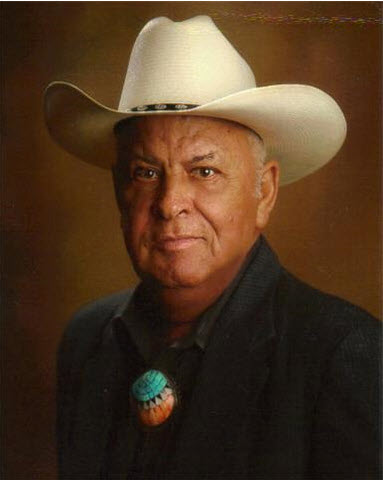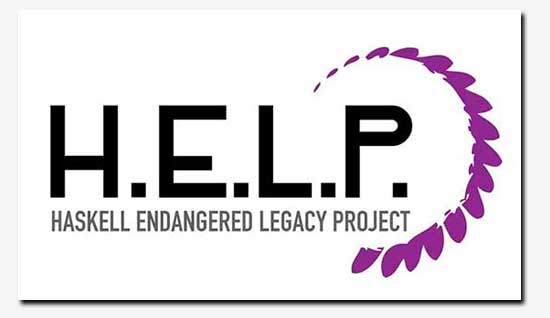H.E.L.P. Haskell Project Dedication
Haskell Endangered Legacy Project
This project is dedicated in memory of MOWA Choctaw elder Gallasneed Weaver, an alumnus of Acadia Baptist, Bacone Indian College, and the University of Redlands, for his tireless work on behalf of his MOWA Choctaw people and many others in Indian Country.

(MOWA Band of Choctaw Indians)
November 16, 1933 – July 13, 2010
In 1970 there were 41 tribes not recognized by the federal government who were listed as attendees throughout their histories at the Indian Boarding Schools and boarding schools with “Indian programs” of Acadia, Bacone, Carlisle, Cherokee, Chilocco, Choctaw Central, Hampton, and Haskell.
(My lone regret with this project was that I never completed my research on Haskell; maybe someday)
There were also 16 tribes/Indigenous groups from areas outside of the United States who were in attendance.
Since 1970, 17 of these 41 U.S. tribes have received federal recognition, another 9 have had their federal recognition restored and 15 others still have not been provided equity.
This website provides the direct boarding school documentation (approximately 1,100 documents) of these tribes in order to ensure that the legacies of all them are never forgotten.
This research is highly specific and limited as it focuses solely on the boarding school histories of tribes who attended these 8 particular boarding schools and had not received federal recognition prior to 1970 and those who still have not received this form of recognition to the present day.
I also list those tribes who attended while enduring termination during this time period, as well as international Indigenous tribes/communities that I came across while doing this research.
As this documentation is limited to these 8 particular boarding schools which enrolled students primarily from federal tribes, but also a smaller number of students primarily emanating from the Eastern and Southern regions of the United States, and a few more westerly locales, it misses a large number of “non-federal” attendees from many other Indian boarding schools across the nation.
No study of “non-federal” tribal communities could ever be complete without also analyzing the University of North Carolina at Pembroke, which is not a part of this study as there already exists much scholarship on this historically Indian school.
I would strongly suggest reading, Hail to UNCP! A 125-Year History of the University of North Carolina at Pembroke by author/academics Lawrence Locklear, David Eliades and Linda Oxendine.
The eight institutions I chose to research were selected due to the highly connected stories of these schools, who throughout their histories, shared and shuffled federal Indian officials, tribes, students, staff and administrators through their campuses.
It is not uncommon in the records to see how students would attend three of these institutions, while employees would follow a work career in similar pattern.
High rates of intermarriage between these tribes who attended are also noteworthy, but are not the subject of this study.
Be well.
– Cedric Sunray
